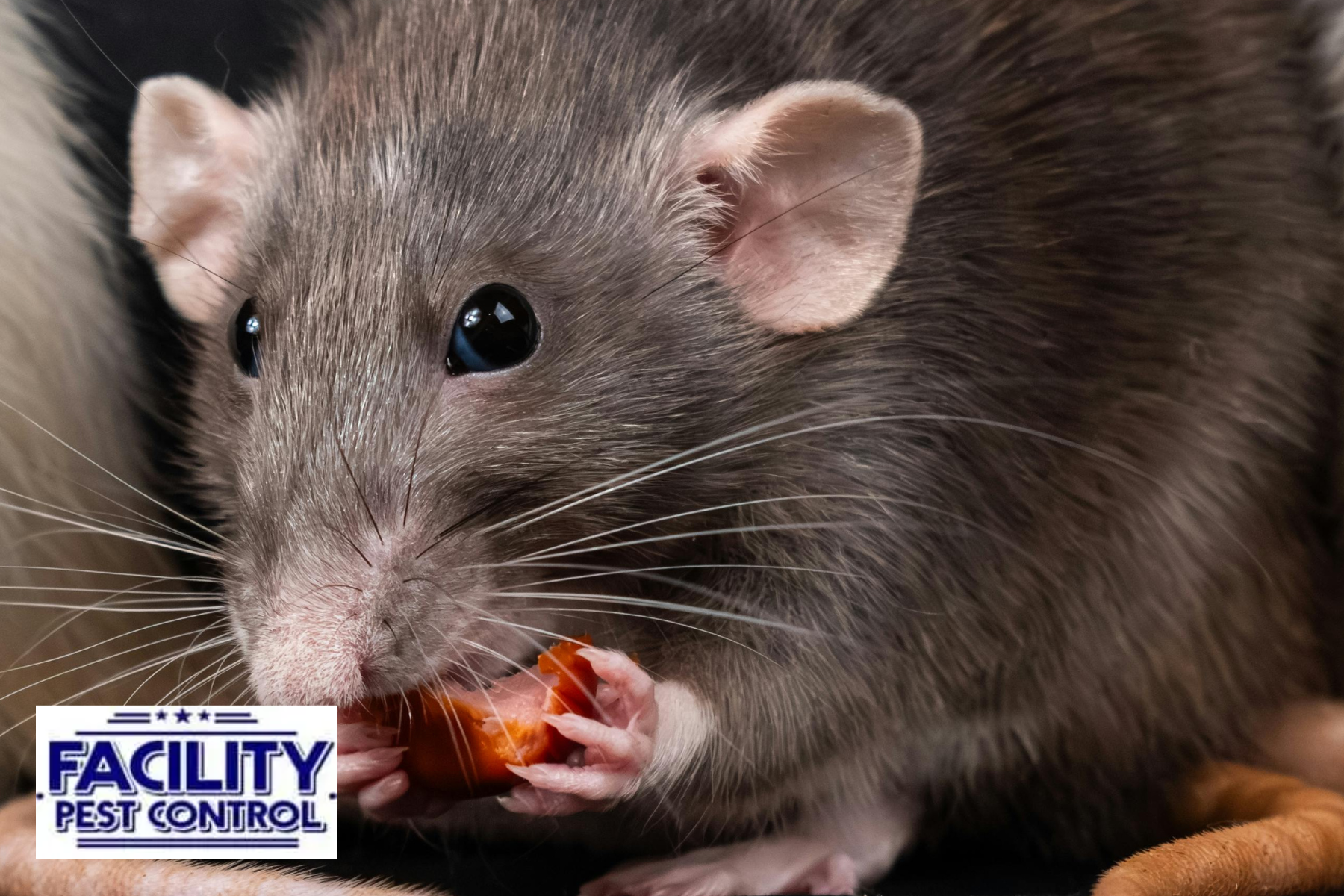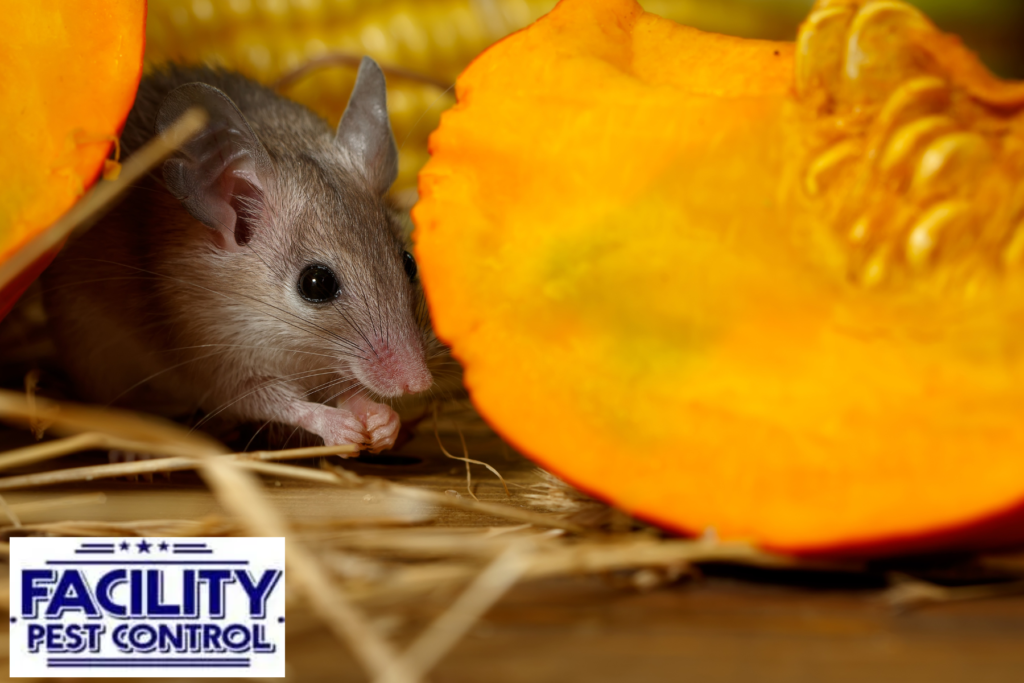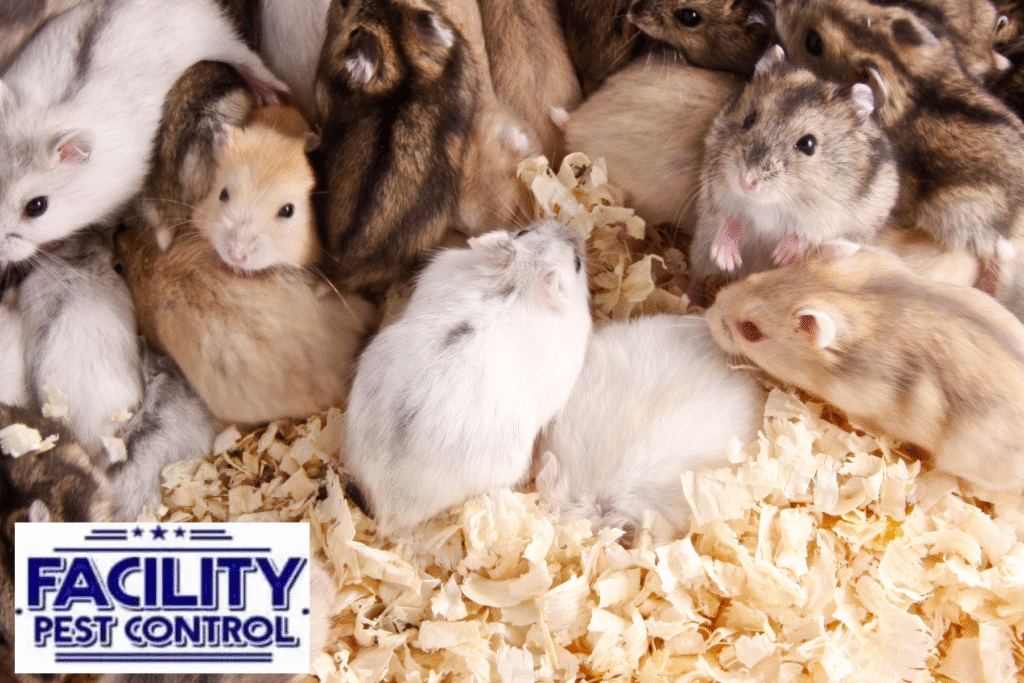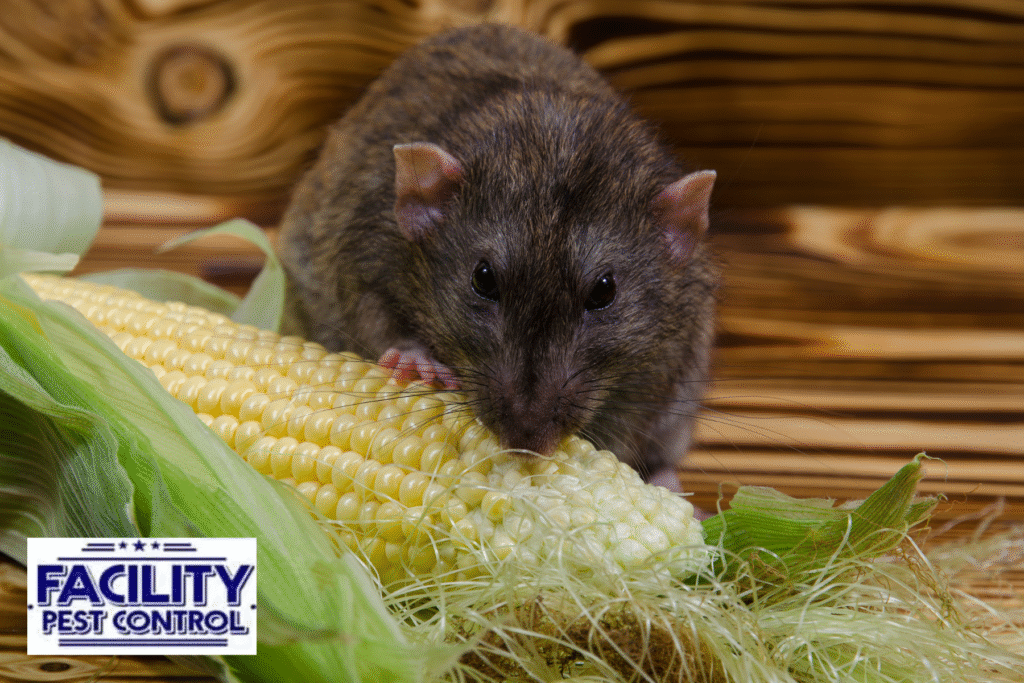Rodents are a common issue that homeowners, businesses, and property managers face worldwide. From rats to mice, these pests can invade any space, causing significant damage to property, contaminating food, and posing serious health risks. However, when dealing with rodent control, it’s crucial to understand the root cause of the problem. Unless the underlying reasons why rodents are attracted to your space are addressed, any attempts at control will be temporary at best.
In this blog post, we’ll explore the root causes of rodent problems and how to effectively deal with them. Whether you’ve noticed droppings in the attic or heard scurrying sounds in your walls, understanding why rodents are present is the first step in ensuring that they don’t return.
Identifying the Signs of a Rodent Infestation
Before delving into the causes, it’s essential to understand the signs that indicate a rodent problem. Rodents are often elusive, making it difficult to spot them directly. However, certain symptoms can help identify an infestation early, including:
- Droppings: Rodent droppings are often found near food sources or places where they travel frequently, like attics, basements, or behind appliances.
- Chew Marks: Rodents constantly gnaw to keep their teeth from growing too long. You may find gnaw marks on wires, insulation, and furniture.
- Scurrying Noises: If you hear rustling or scratching sounds, especially at night, this is a strong indication that rodents are active in your walls or ceilings.
- Nests: Rodents often build nests using soft materials like paper, fabric, and insulation. These nests are typically hidden in dark, quiet areas.
Identifying these signs is the first step in understanding the full scope of the infestation and helps you pinpoint where rodents may be entering your home or building.
Why Are Rodents in Your Space?
1. Availability of Food Sources
One of the primary reasons rodents invade homes and businesses is the availability of food. Rodents are opportunistic feeders, which means they will seek out any accessible food source. Common places they find food include:
- Food Left Out: Even small crumbs or spilled food in kitchens or dining areas can attract rodents.
- Trash Cans: Overflowing or improperly sealed trash bins are an open invitation for rodents looking for food.
- Pet Food: Pet food, whether it’s left out overnight or stored improperly, can also lure rodents into your space.
If food is easily accessible, rodents are more likely to settle in and build nests nearby.
2. Access to Shelter and Nesting Areas
Rodents require shelter to build their nests, and your home or business can provide the perfect hiding spots. Common rodent nesting areas include:
- Attics and Crawl Spaces: These areas offer warmth and quiet, which are ideal for rodent habitation.
- Basements: Basements often provide secluded spaces that rodents can easily access without detection.
- Wall Cavities: Rodents can squeeze through tiny cracks and holes in your walls to create nests inside.
Rodents tend to nest in places that are hidden and difficult to reach, making it essential to check these spaces for signs of infestation.
3. Structural Vulnerabilities
Rodents are highly resourceful and capable of squeezing through small openings. Even the tiniest crack or hole in your structure can serve as a gateway for rodents. Common entry points include:
- Gaps Around Doors and Windows: Cracks or unsealed areas around doors and windows can allow rodents to enter.
- Ventilation Holes: Gaps in the vents or ducts can provide an entry for rodents, especially if the ventilation is connected to multiple areas.
- Damaged Roofing: Holes or deteriorating roofing materials can give rodents easy access to your attic and other interior spaces.
By identifying these vulnerabilities and sealing them, you can prevent rodents from entering your property in the first place.
4. Environmental Factors
Certain environmental factors may contribute to rodent problems. Nearby food sources like gardens or dumpsters, as well as the availability of water, make your property an attractive target for rodents. Additionally, seasonal changes can drive rodents indoors. As the weather cools down during autumn and winter, rodents look for warm places to nest. Similarly, during rainy seasons, rodents may seek dry, sheltered areas in your building.
If your home or business is located near a park, wooded area, or other natural habitat, rodents may be more prevalent in the vicinity, increasing the likelihood of an infestation.
How to Address the Root Cause of Rodent Infestations
Once you’ve identified the root causes of your rodent problem, it’s time to take action. Simply laying out traps or using pesticides may not be enough if you don’t address the factors that are drawing rodents to your space.
1. Seal Entry Points
The first step in rodent control Woodland Hills is to thoroughly inspect your property and seal all potential entry points. Use steel wool or caulk to fill gaps in walls, doors, windows, and around vents. Don’t forget to check for small cracks in the foundation and any holes in the roof that could serve as entry points for rodents.
2. Remove Food Sources
Ensure that food is stored securely in rodent-proof containers, and avoid leaving food out overnight. Keep trash bins tightly sealed and regularly clean any food spills. Consider relocating pet food or storing it in a sealed container.
3. Eliminate Nesting Areas
Clear out clutter and debris that rodents could use to build nests. This includes piles of newspapers, cardboard, and old clothing. In attics and basements, ensure that insulation is not disturbed, as rodents often build nests in these materials.
4. Use Rodent Repellents
Some natural rodent repellents include peppermint oil, mothballs, or ultrasonic devices. While these may not be a complete solution, they can help deter rodents from entering certain areas of your home or business.
5. Professional Rodent Control
For severe infestations, it’s best to consult a professional Woodland Hills rodent control company. Experts can help identify the extent of the problem, locate hidden entry points, and use appropriate methods to remove rodents safely and effectively. Additionally, pest control professionals can offer advice on long-term prevention strategies, ensuring that the issue doesn’t return.
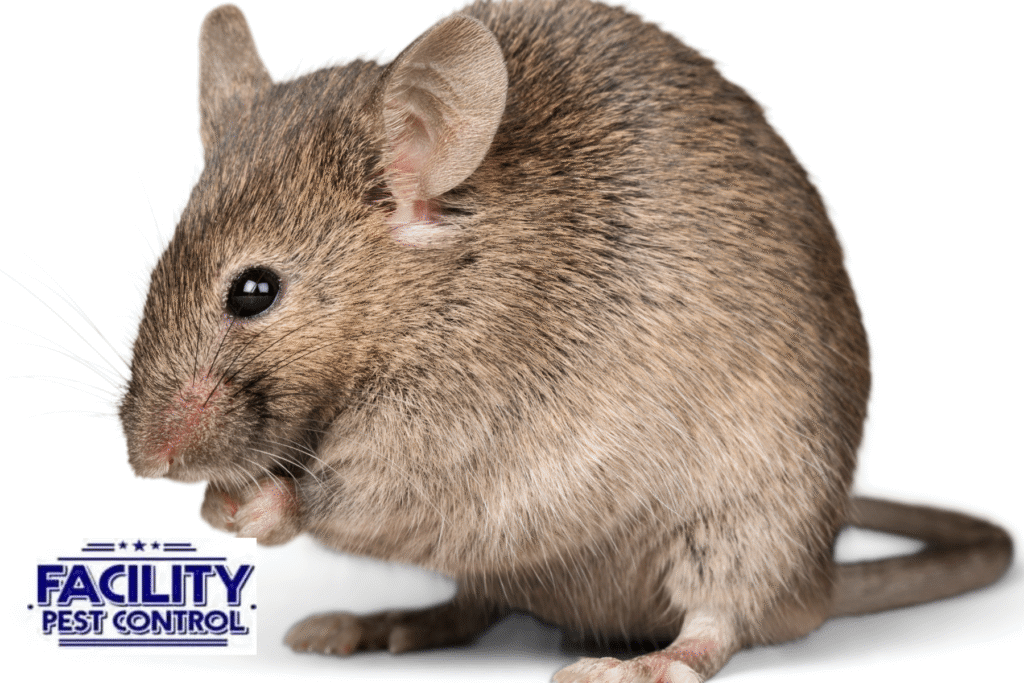
Conclusion
Understanding the root cause of rodent control Woodland Hills CA troubles is key to solving the problem. Rodents are highly adaptable creatures, and without addressing the factors that are drawing them to your space, any efforts to control them will be short-lived. By identifying food sources, sealing entry points, eliminating nesting areas, and employing effective control measures, you can reduce the likelihood of an infestation.
If you’re dealing with a rodent problem and need professional help, Facility Pest Control is here to assist. We provide expert pest control services, offering thorough inspections, preventative measures, and safe removal strategies.

